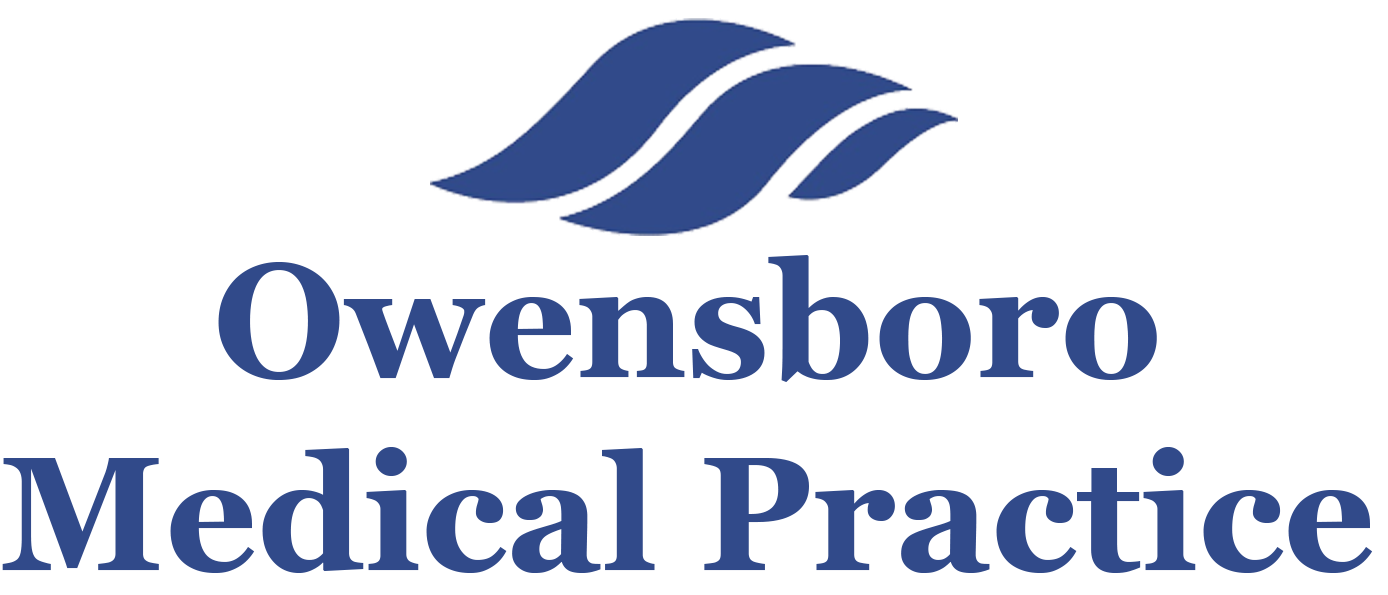Swollen Leg (Edema)
Veins have lower pressure than arteries as they rely on the pumping mechanism of surrounding muscles to help send the blood back to the heart. Due to damaged valves in vein because of Chronic venous insufficiency, the veins have to work hard to force the blood towards heart (against gravity). This is called ambulatory venous hypertension. The deficient valves also fail to prevent the backward flow of blood in the vein. This causes the pressure in veins to elevate.
This increased pressure subsequently affects the blood capillaries and more fluid is filtered from venous blood into the tissue. This extra fluid causes increased work for the lymphatic drainage system. The lymphatic system in spite of working to its full capacity is not able to cope with the additional fluid which leads to edema in the lower leg.
During initial stages, the lymphatic system is able to ‘catch up’ with the excess fluid at night (when legs are rested and gravitational forces are inactive) so the venous pressure comes back to normal after the night rest. This is called phlebo-lympho-dynamic insufficiency (edema).
Diagnosis is usually based on good history and physical examination. Lower-extremity duplex ultrasound and ankle-brachial index are also useful.
The intervention at this stage would be leg elevation, compression, and exercise. But the main treatment focuses on treating the underlying problem.
